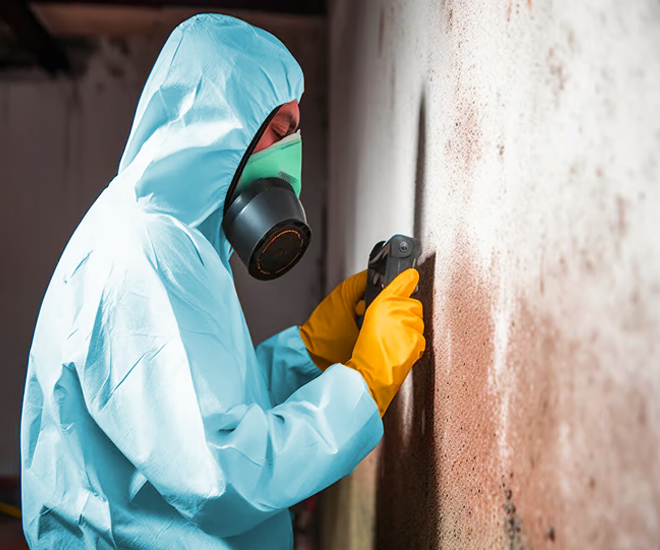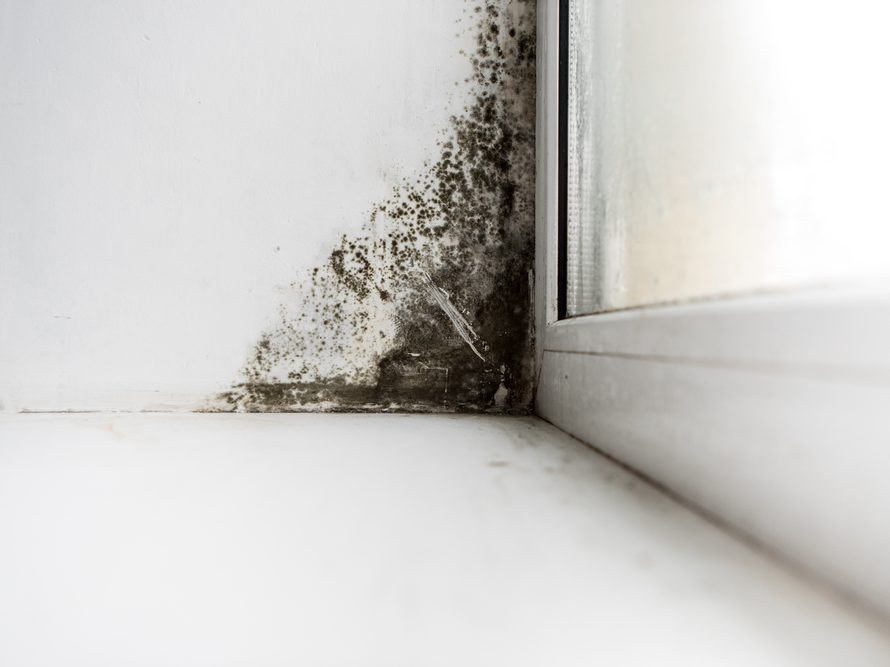Advice on What to Do After Mold Remediation
Advice on What to Do After Mold Remediation
Blog Article
Your Ultimate Overview to Blog Post Mold Removal Methods
In the after-effects of mold and mildew problem, recognizing just how to properly get rid of the mold and prevent its reoccurrence is critical for keeping a healthy indoor setting. From choosing the ideal cleaning and disinfecting approaches to executing approaches for long-lasting mold avoidance, each action in the removal journey plays a vital role in making sure an effective outcome.
Comprehending Post-Mold Remediation Process
After completing the mold removal process, it is crucial to understand the post-mold remediation methods that are necessary to make sure a detailed and efficient cleanup. As soon as the mold has actually been removed, the following action involves cleaning and sanitizing the impacted areas to avoid any type of regrowth of mold. This consists of utilizing specialized cleansing agents to clean down surfaces and kill any type of continuing to be mold spores. It is essential to dry out the area entirely to dissuade the development of mold in the future (what to do after mold remediation). Correct air flow and dehumidification can help in this process.
Additionally, carrying out a final examination post-remediation is important to make sure that all mold has been effectively gotten rid of. If the inspection exposes any kind of sticking around mold, extra removal might be required.
Reliable Cleaning Up and Sanitizing Methods

Protecting Against Future Mold And Mildew Growth

Significance of Proper Ventilation
Correct air flow plays an important role in avoiding moisture accumulation, a crucial consider mold development within indoor settings. Effective air flow systems help get rid of excess humidity from the air, lowering the opportunities of mold and mildew spores discovering the wetness they need to spread and germinate. Without sufficient ventilation, interior rooms can come to be a reproduction ground for mold, causing potential health risks and architectural damage.
By making certain appropriate air blood circulation, ventilation systems can likewise aid in drying damp areas faster after water damages or flooding cases, even more hindering mold and mildew development. testing air quality after mold remediation. Precede like bathrooms, cooking areas, attics, and cellars where moisture degrees tend to be greater, setting up and maintaining effective air flow systems is crucial in avoiding mold infestations

Surveillance and Upkeep Tips
Provided the critical role that correct ventilation plays in avoiding mold growth, it is important to establish effective monitoring and maintenance tips to guarantee the continued performance of ventilation systems. Routine inspections of ventilation systems must be carried out to examine for any kind of indicators of blockages, leakages, or malfunctions that can hinder correct air flow. Tracking moisture levels within the building is additionally vital, as high humidity can add to mold and mildew development. Installing a hygrometer can aid track moisture levels and sharp house owners to any spikes that may call for attention. In addition, guaranteeing that air filters are browse this site frequently cleaned or replaced is essential for preserving the performance of the air flow system. Carrying out a routine for regular upkeep tasks, such as air duct cleaning and HVAC system inspections, can assist prevent concerns before they escalate. By staying alert and aggressive to the problem of ventilation systems, homeowner can properly mitigate the risk of mold and mildew regrowth and keep a healthy interior environment.
Final Thought
Finally, post-mold removal techniques are important for making certain a risk-free and clean setting. Recognizing the process, carrying out effective cleaning and decontaminating approaches, stopping future mold and mildew growth, keeping proper ventilation, and regular surveillance are all vital steps in the remediation process. By complying with these guidelines, you can efficiently eliminate mold and mildew and prevent its return, advertising a healthy and balanced living or functioning area for all residents.
In the aftermath of mold check out here and mildew problem, knowing how to properly remove the mold and avoid its reoccurrence is paramount for preserving a healthy and balanced interior environment. When the mold and mildew has been eliminated, the following action involves cleansing and sanitizing the affected areas to stop any kind of regrowth of mold - Post Remediation verification. After getting rid of noticeable mold and mildew development, it is important to clean up all surfaces in the damaged area to remove any kind of staying mold spores. To better boost mold avoidance procedures, it is important to attend to underlying problems that originally led to mold and mildew development.Provided the vital role that appropriate air flow plays in avoiding mold growth, it is vital to develop effective monitoring and maintenance tips to guarantee the ongoing functionality of ventilation systems
Report this page